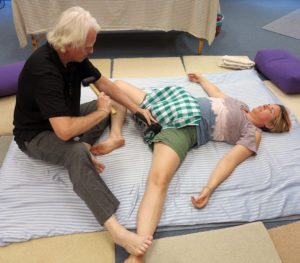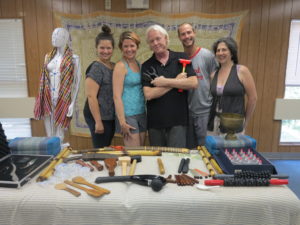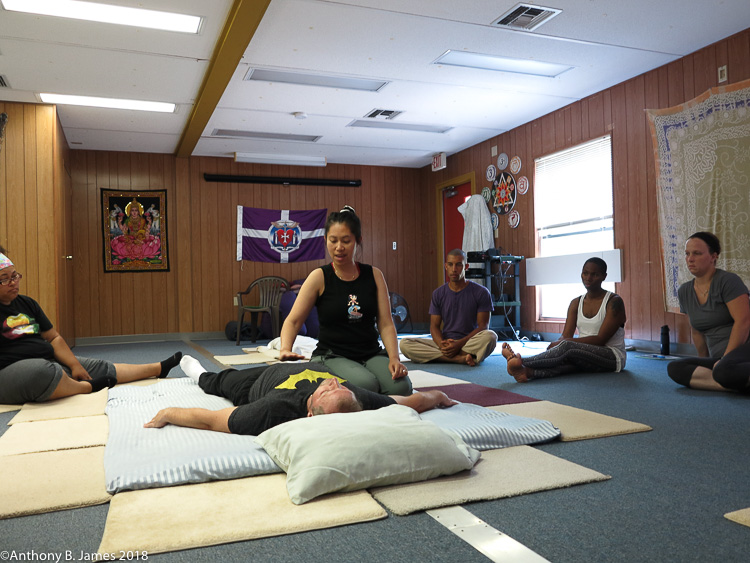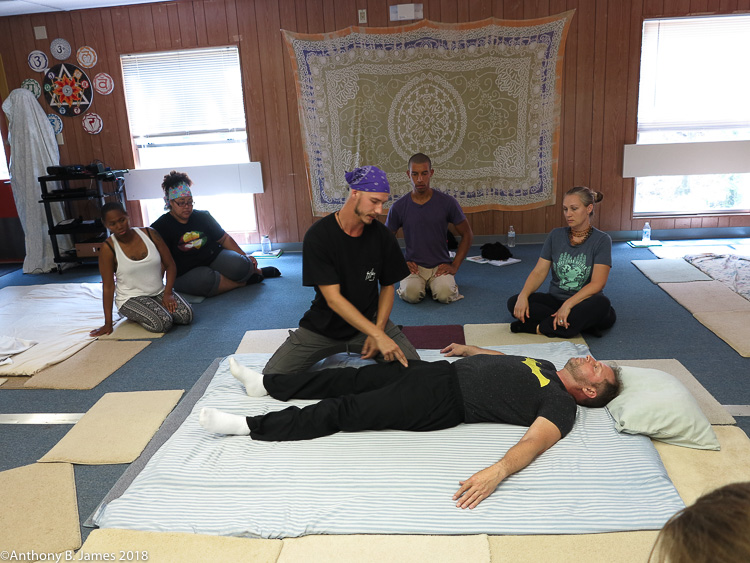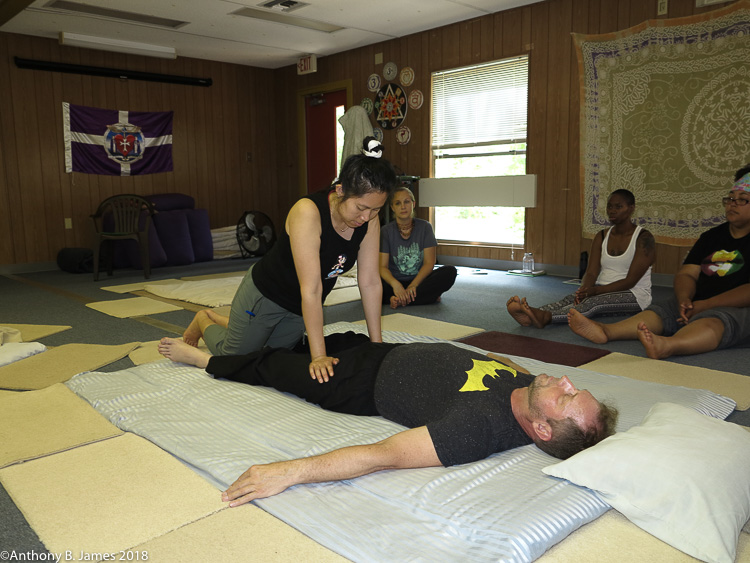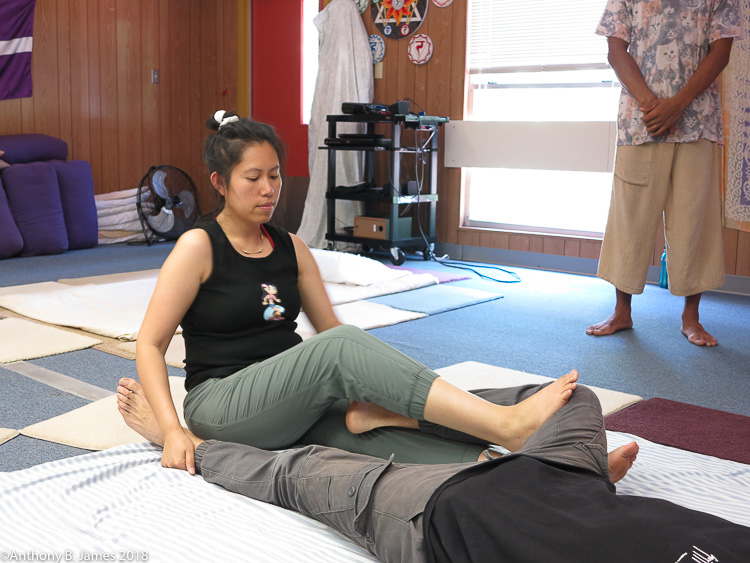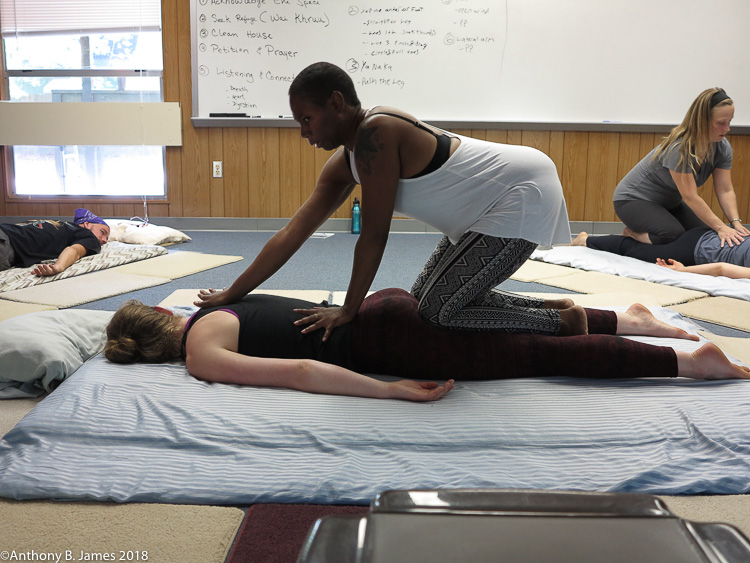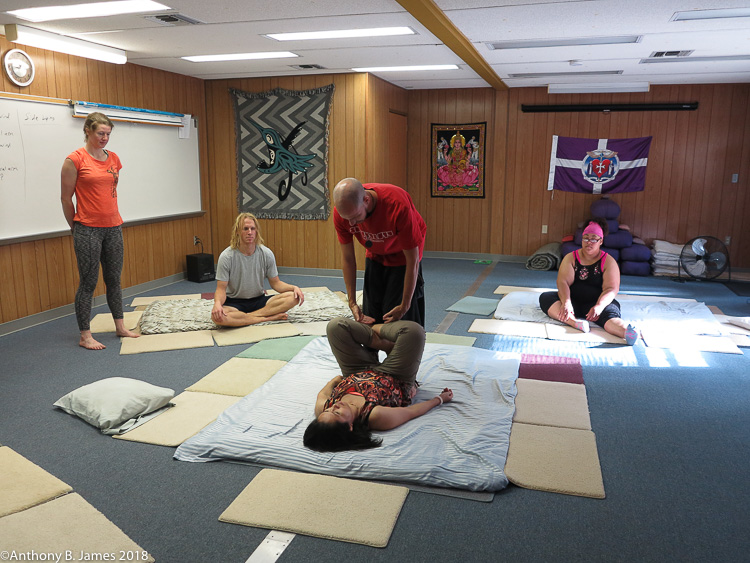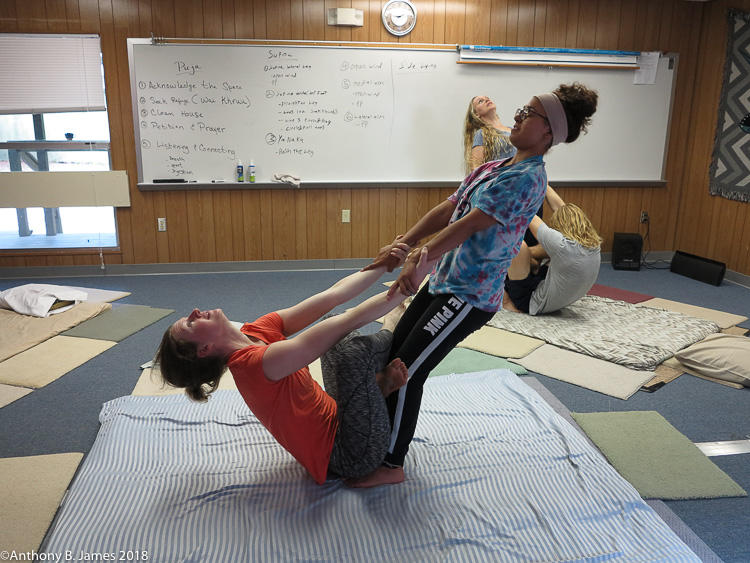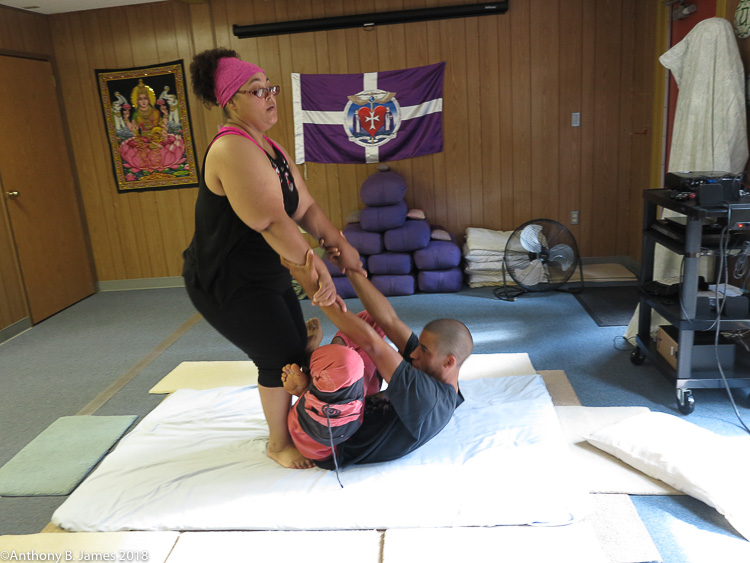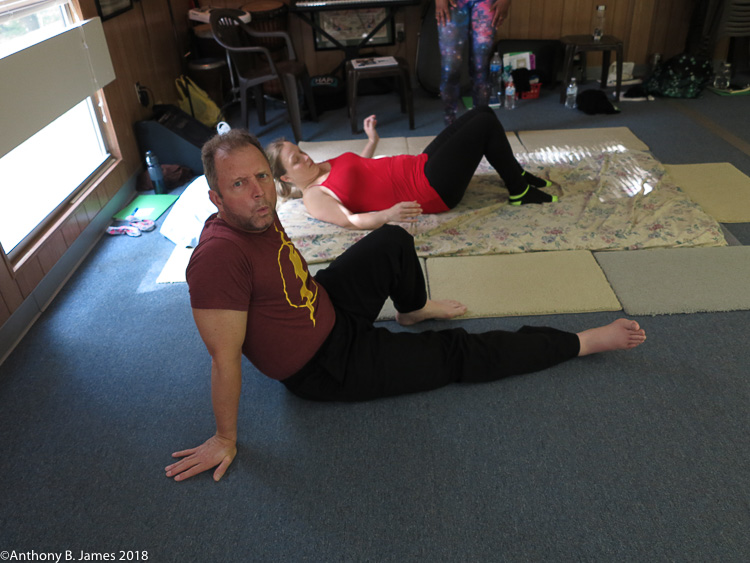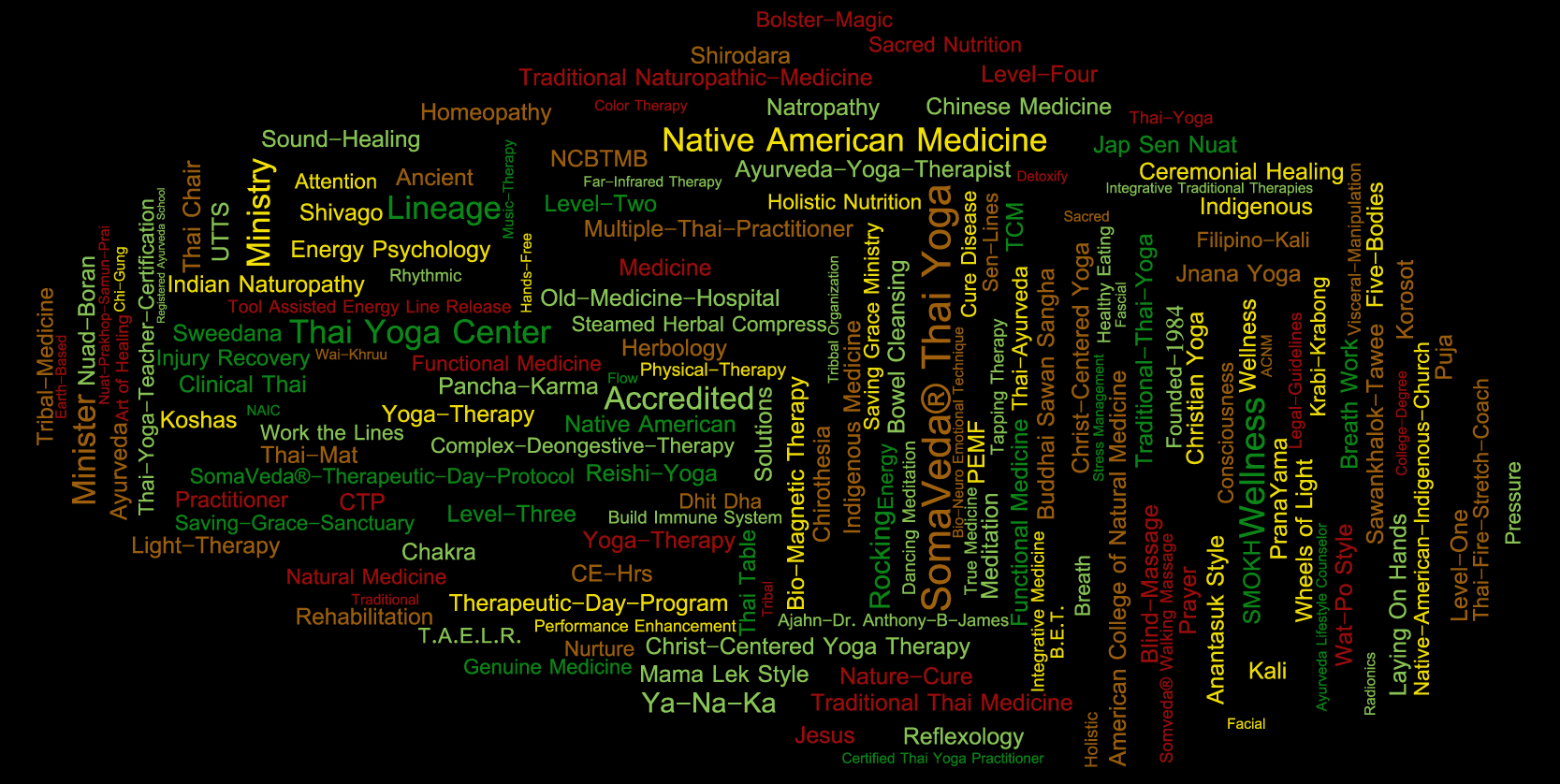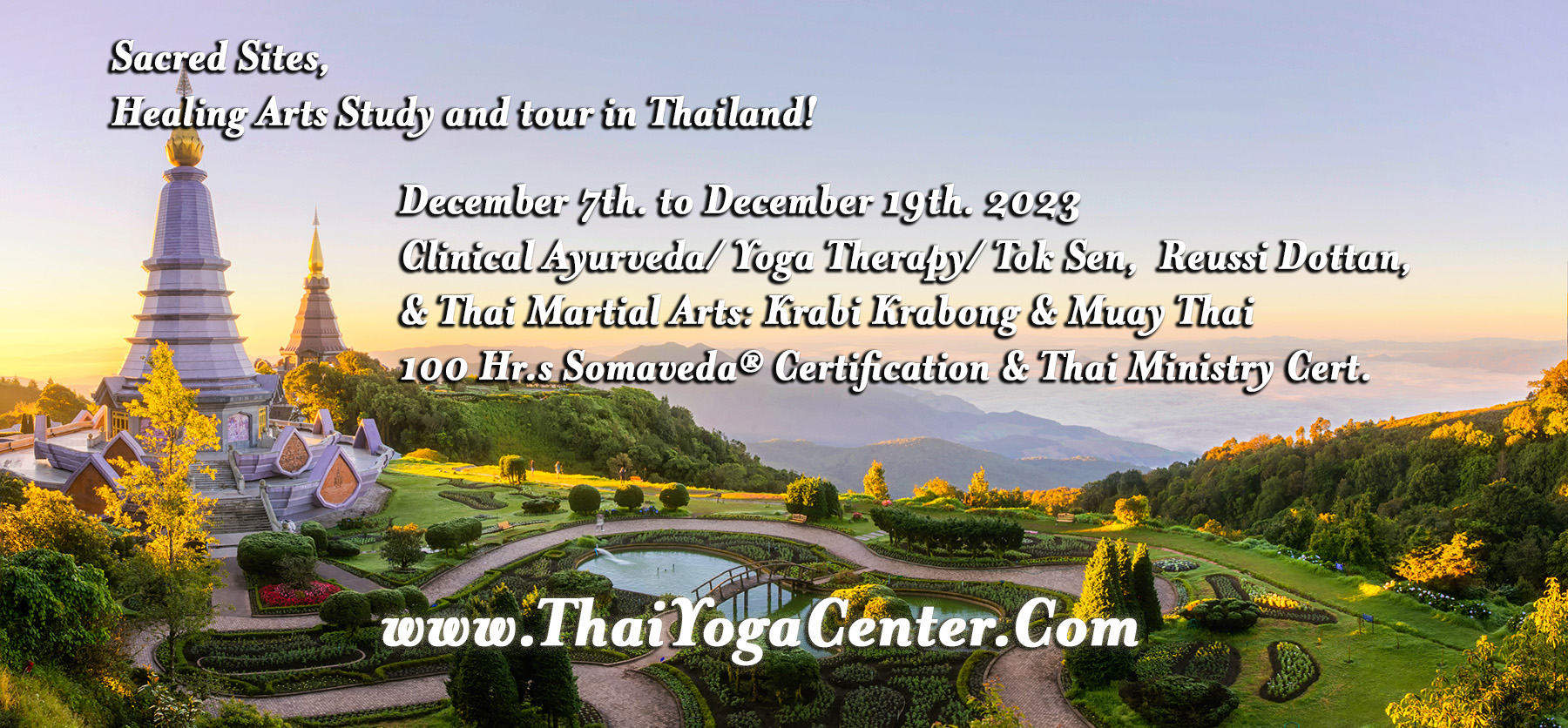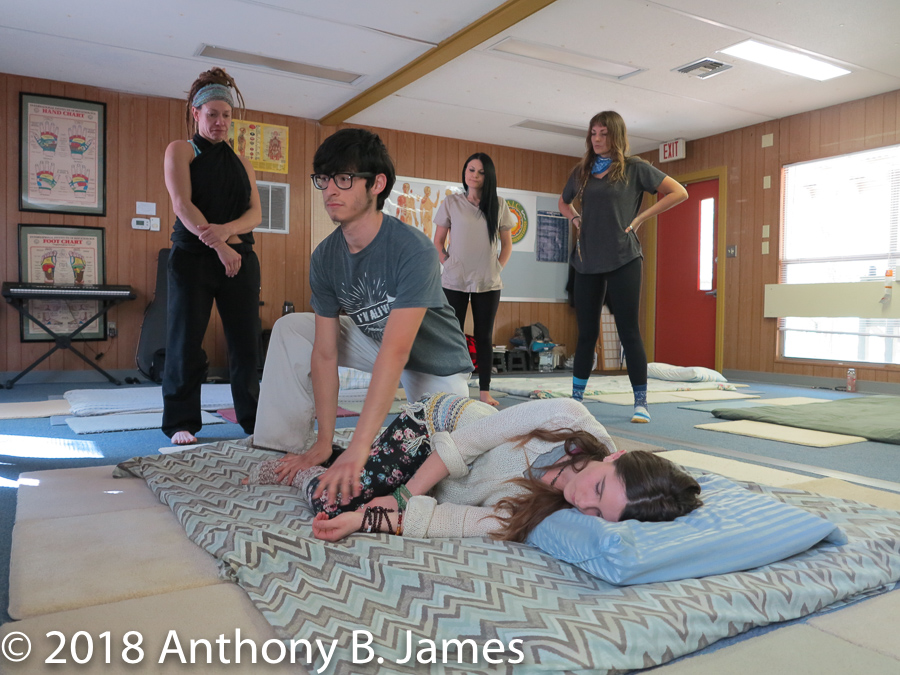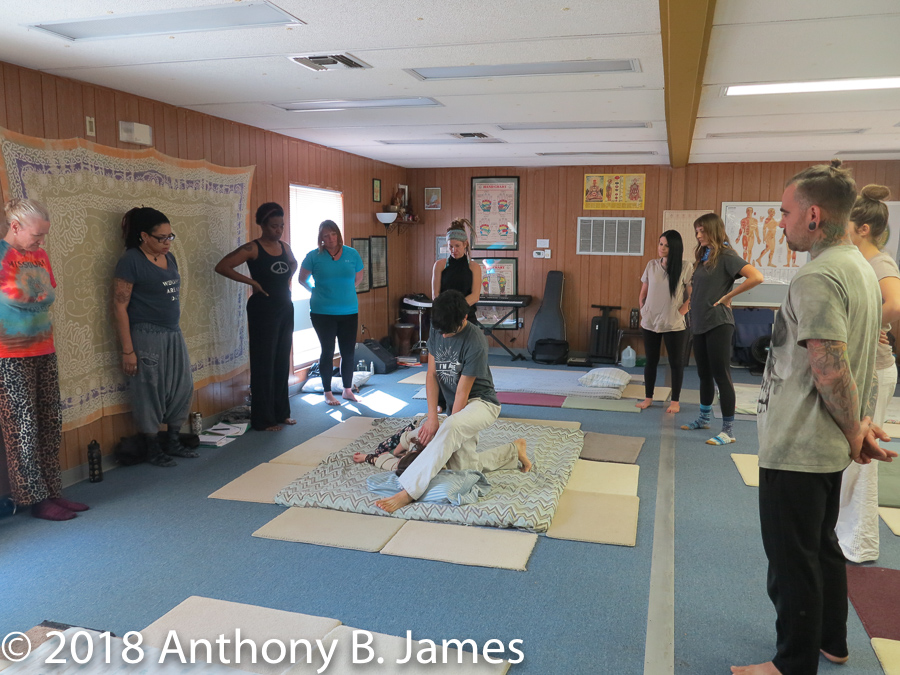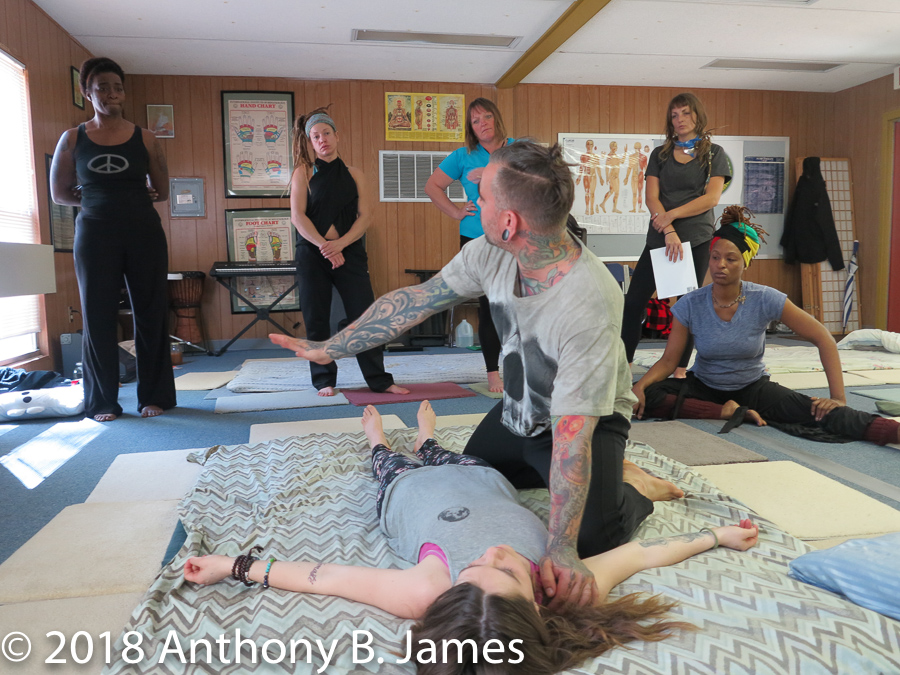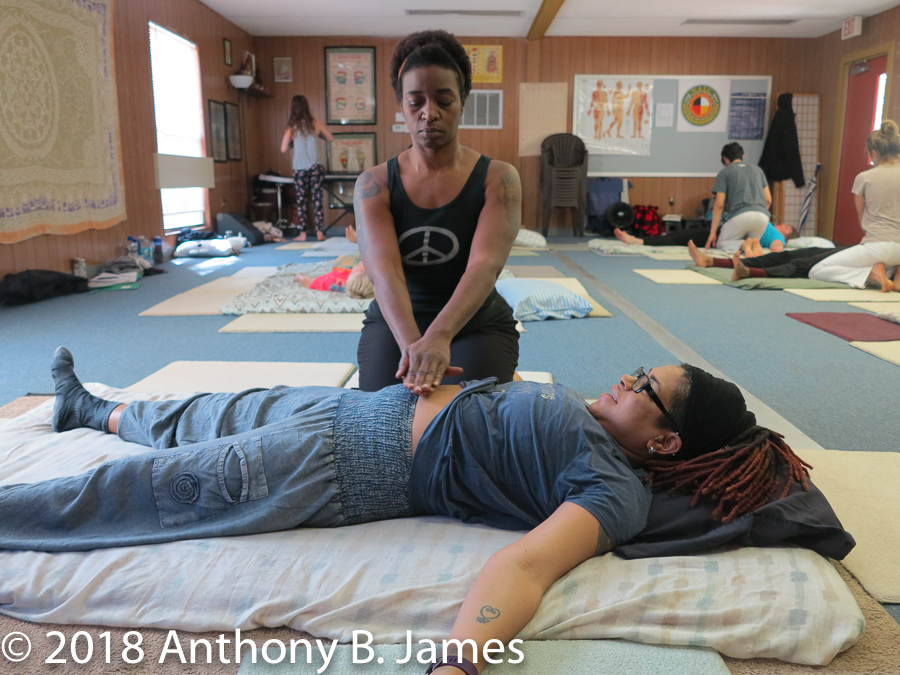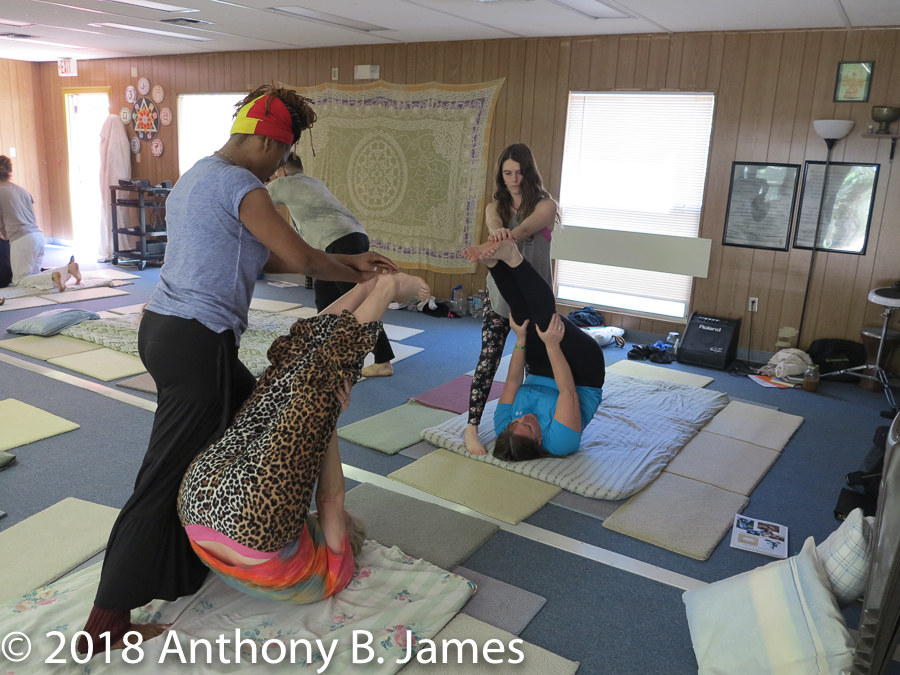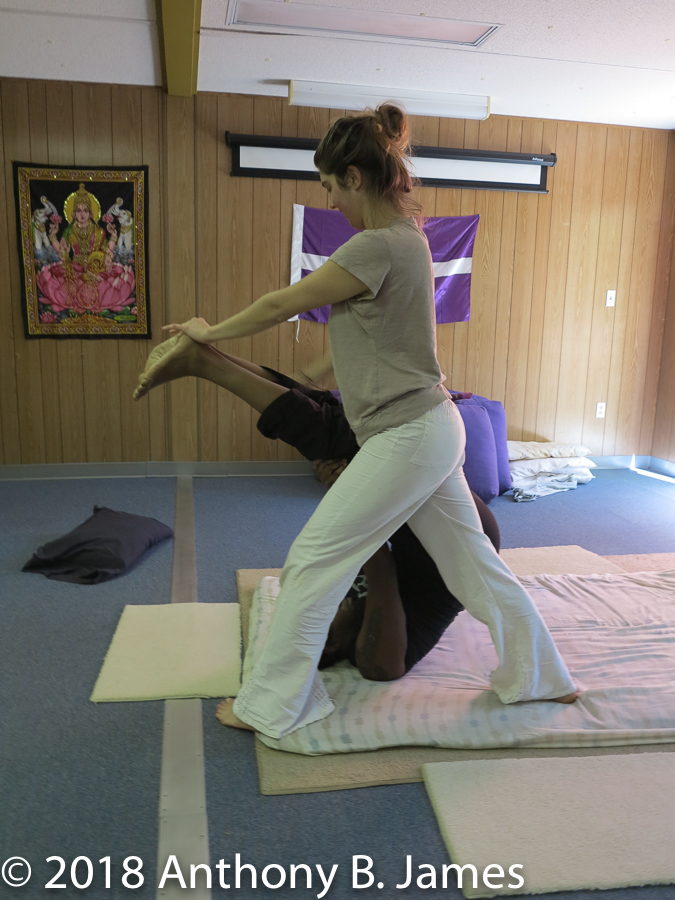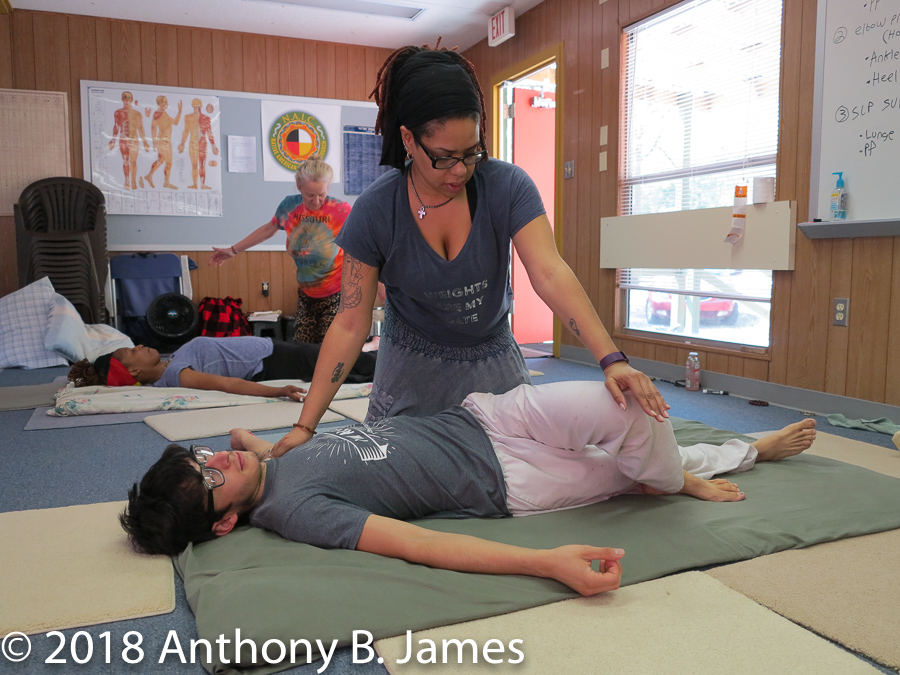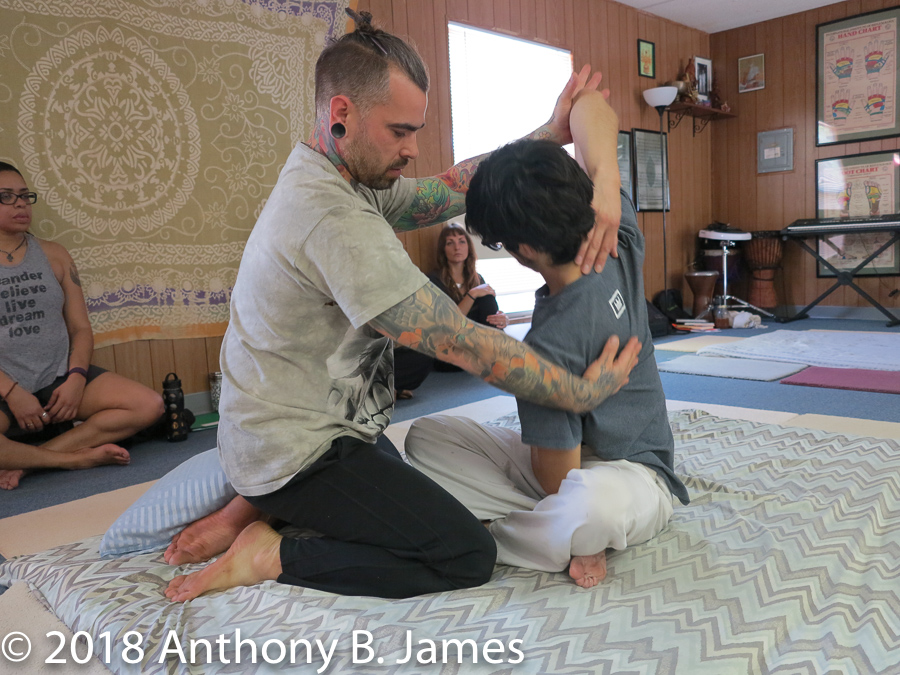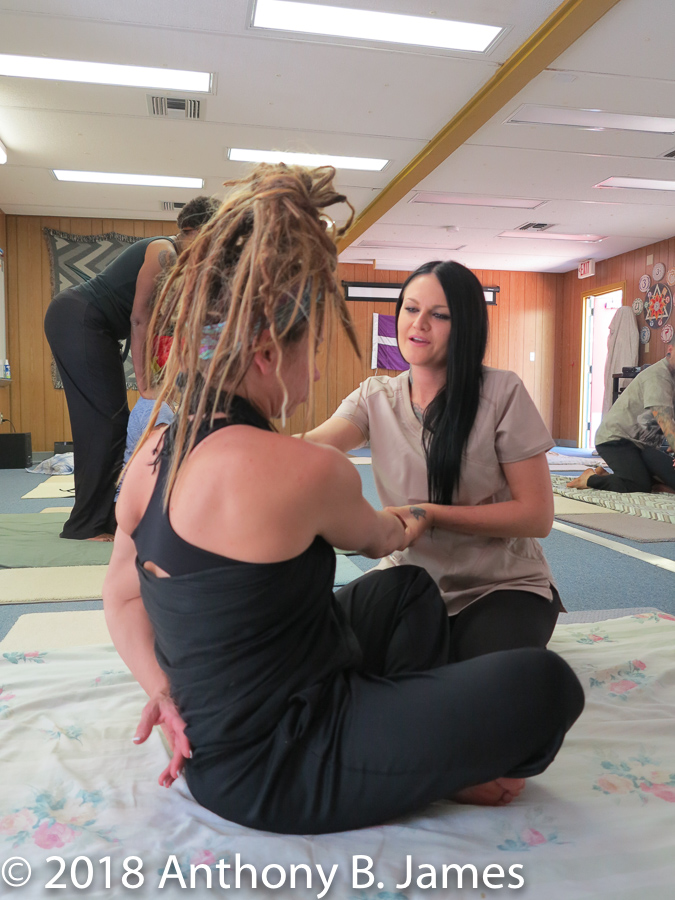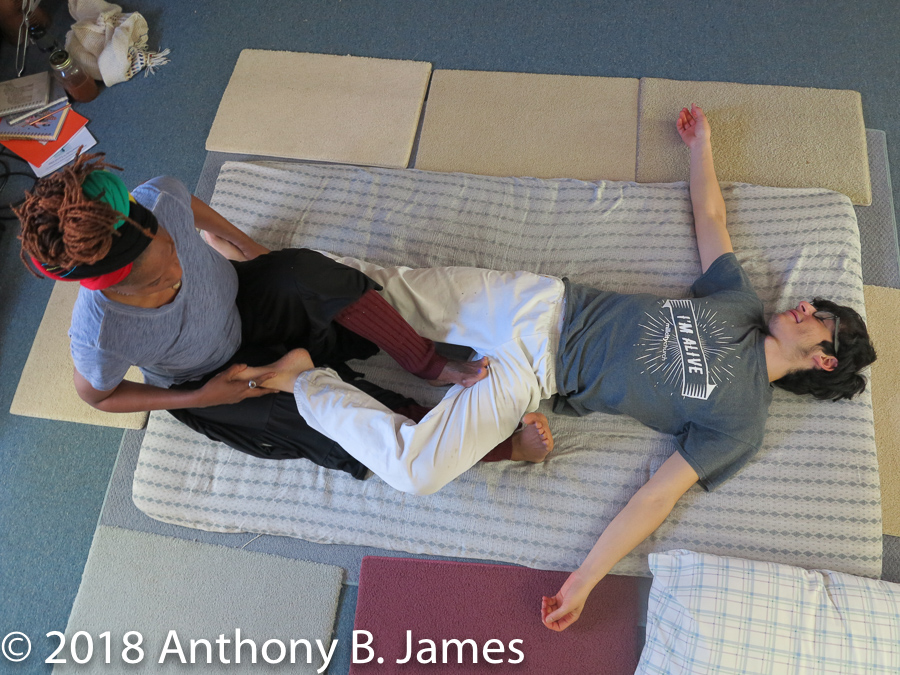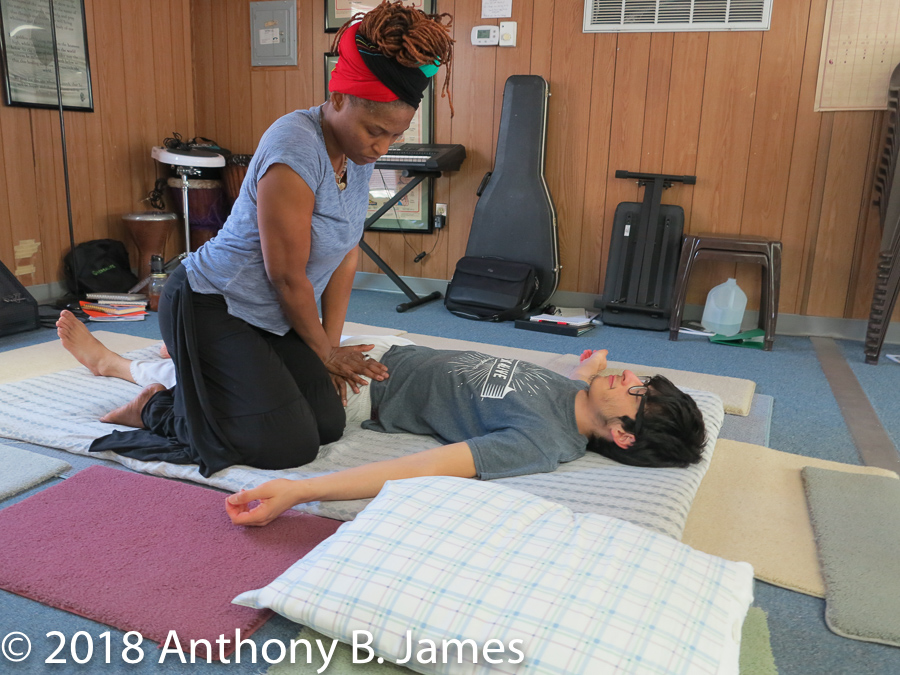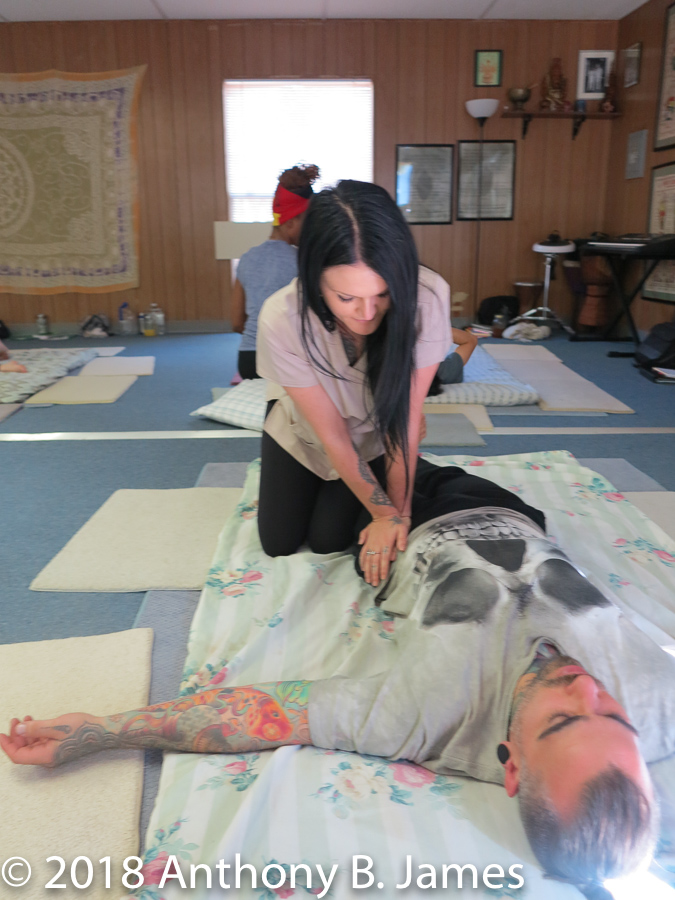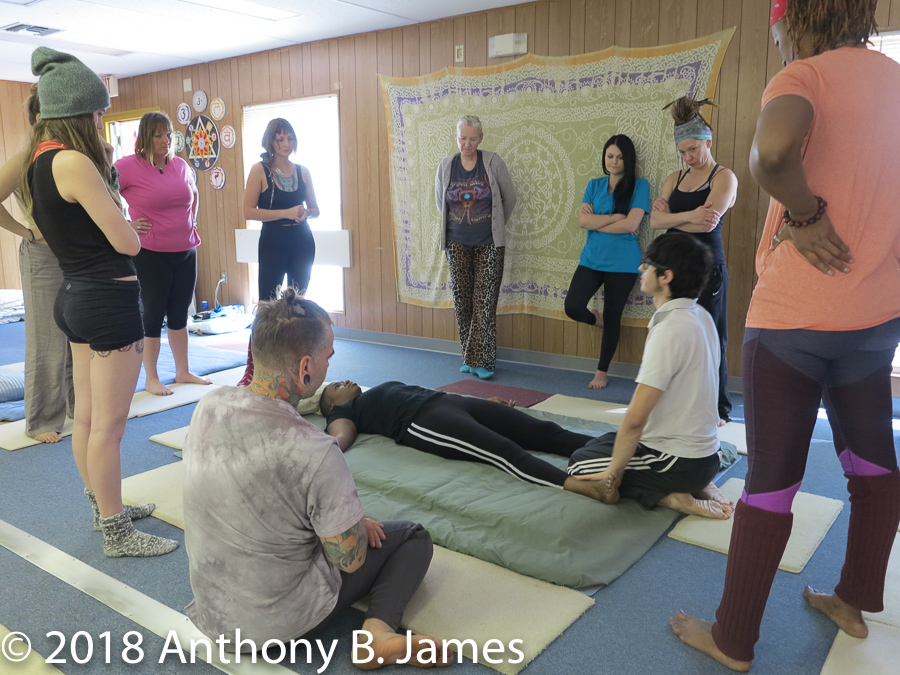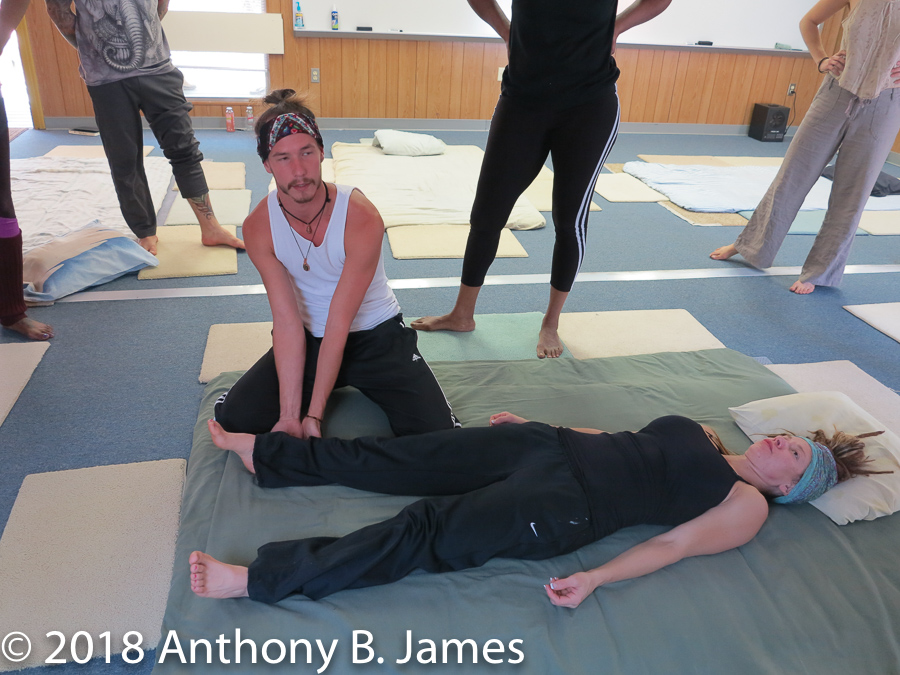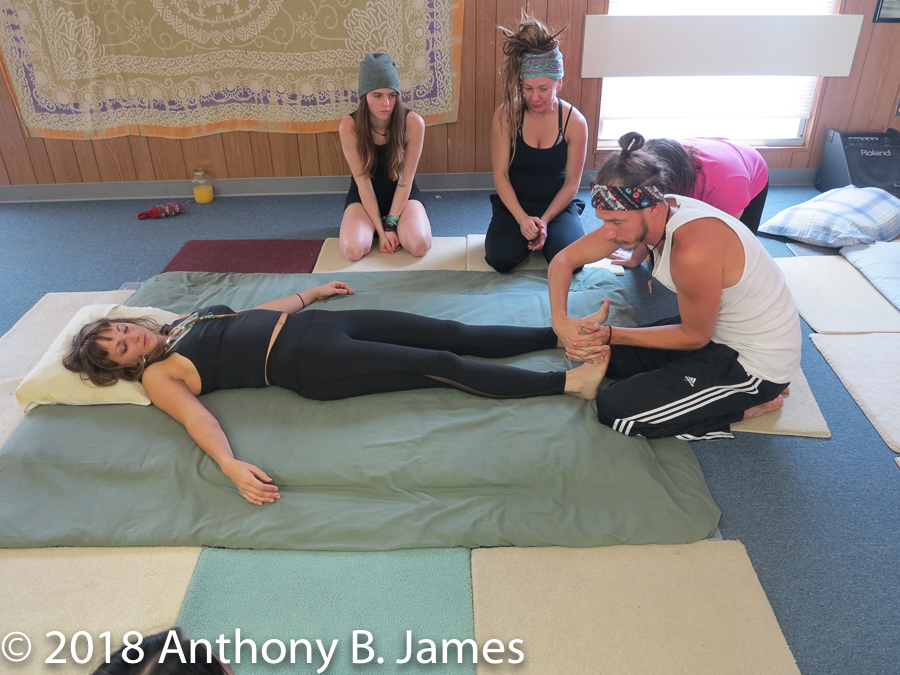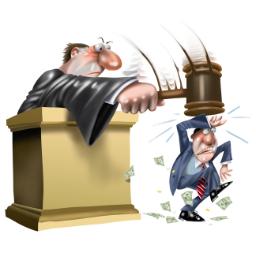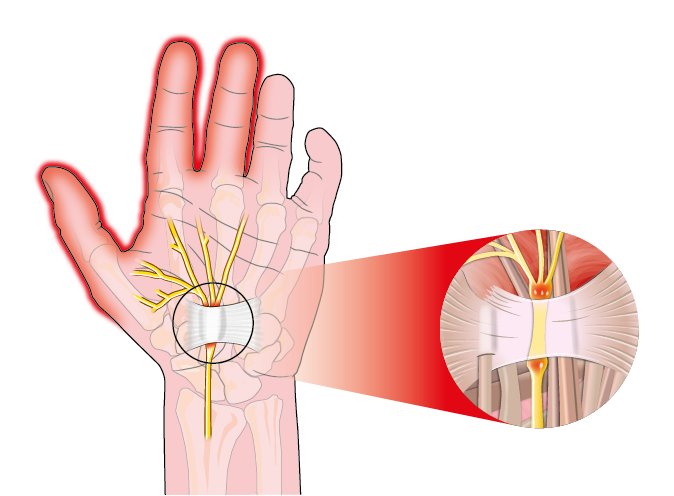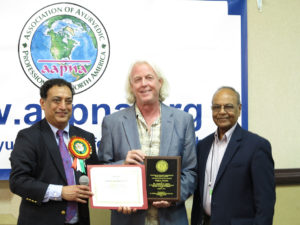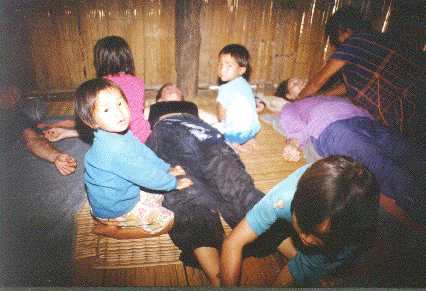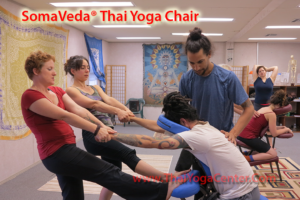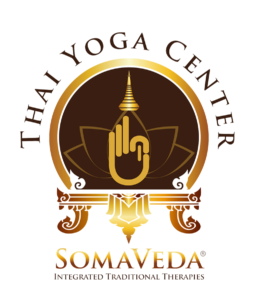Current Facts about Thai Yoga and Thai Massage Certification and Licensing
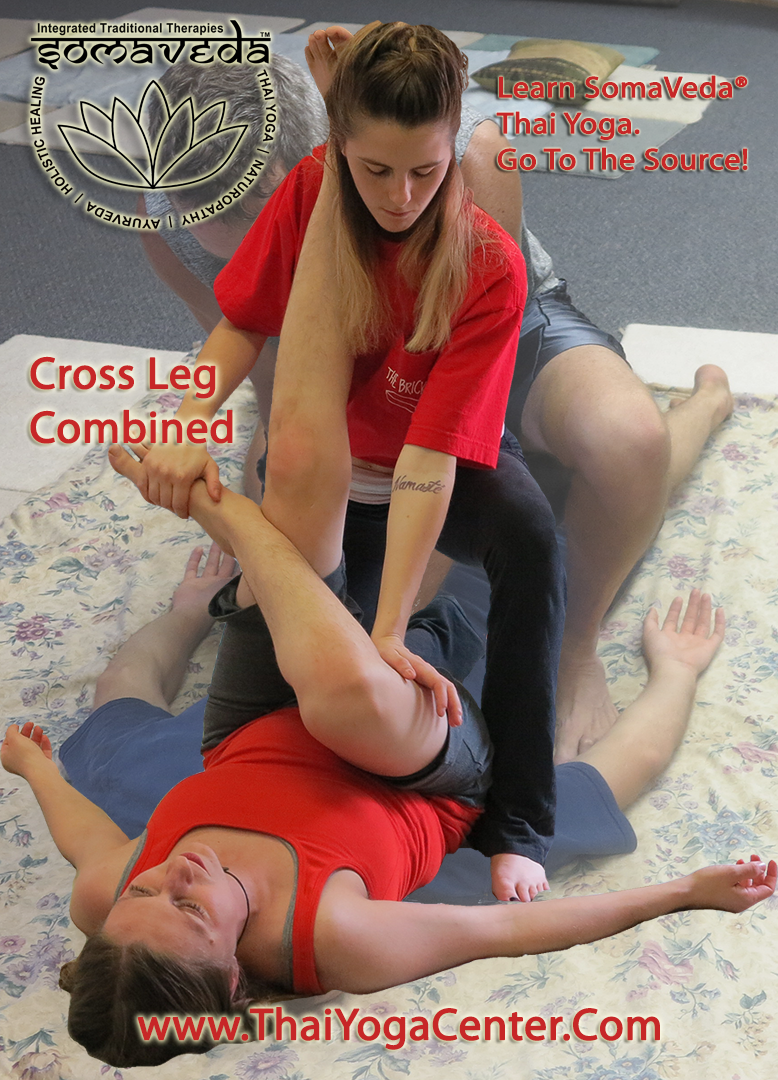
- What’s a Thai Yoga and or Traditional Thai Massage certificate?
- Where do you get a legit “Thai Yoga” Practitioner Certification to establish a legal practice? (CLICK HERE)
- What’s a massage license?
- How are they different?
- When and where do you need them?
- How do you get them?
- What must you know to practice Thai Healing Arts legally in the U.S.?
You will find all the answers right here! Forewarned, as the subject deserves a good solution, this post is long, and you may need to read it more than once.
Traditional Thai Yoga/ Thai Massage legal aspects
Many therapists, especially in the U.S., passionately argue for licensing. However, this article is not about opinions and preferences but strictly about facts and the legal side of massage vs. Traditional Thai Yoga Massage/ Thai Yoga/ Traditional Thai Massage and spiritual/energetically based, religious therapeutics, and healing arts in general.
Every practitioner of a religious therapeutic healing art must be precise and know the legal basis for their practice. We here at N.A.I.C. (Native American Indigenous Church Inc. Tribal Organization): Thai Yoga Center can answer the question and provide a legal basis for you to practice anywhere!
Certification versus licensing
We first need to understand that there is a difference between certification and licensing.
Certification Definition: the action or process of providing someone or something with an official document attesting to a status or level of achievement: a fundamental requirement for organic certification | the certification of teachers.• an official document attesting status or level of achievement: graduates who want to gain industry-recognized credentials. – certifies all or part of the following:
- You are qualified to practice Thai Yoga/ Traditional Thai Massage.
- You possess the necessary understandings (knowledge) and competencies (skills)
- You have had a certain amount of training: i.e., minimum standards apply.
Certification is only about qualification, skills, and training. It does not automatically give you the legal right to practice ANY healing art, Thai or otherwise.
Licensing Definition: “a permit from an authority to own or use something, do a particular thing, or carry on a trade (especially in alcoholic beverages): a gun license | [as modifier]: vehicle license fees.• formal or official permission to do something: logging is permitted under the license from the Forest Service. • Medical and or Allied Medical and or Massage License etc.
Many misbelieve that you can only do healing work IF you are “Licensed” by the state! First of all NOT TRUE! “Massage Therapists” and State Massage Boards often perpetuate this myth. The term “Massage,” in many states, is legally defined as “Rubbing for Money,” regardless of alleged benefits. According to Massage organizations and State Massage Boards, Massage is very dangerous, and practitioners must be restricted and licensed by the respective states! Please note all states have these wacky rules.
Like a state licensing board, a legal entity generally issues a license. However, this Massage Therapy practice is defined strictly and has the statutory scope of practice rules and conditions! Thus a Massage License gives you the legal right to practice massage (Rubbing for Money) IF your jurisdiction has licensing laws (not all do).
Let me reiterate that some states still do not have licensing requirements for a “massage” at all! Please note, however, they may have local jurisdictional codes or rules by county, city, etc., which may have the same effect as a massage ordinance.
Additionally, all those laws change frequently.
The Fly in the Legal Ointment!
If…
- Certification means you can practice massage or any indigenous traditional healing art, such as Thai Yoga or Traditional Thai Massage.
- Licensing (if required) gives you the legal right to practice massage.
The issue is that Traditional Thai Yoga (SomaVeda® Thai Yoga Therapy) and Traditional Thai Massage are NOT Massage or Massage Therapy as defined by law!
There are Special Rules for Thai Yoga Therapy and or Traditional Thai Massage
In the case of Thai Yoga, there are special considerations to consider. It depends on how massage and or bodywork is defined. Thai Yoga is quite different from massage and or massage therapy. It is an entirely different animal. Thai Traditional Yoga Therapy (“Ryksaa Thang Nuad Phaen Boran Thai- Reussi Dotton“) is Classical Ayurveda from Thailand. It is the manipulative discipline of Thai Traditional Medicine, Thai Ayurveda (including Thai Traditional Physical Therapy T.T.P.T./ Tok Sen/ Tit Tar/ Dhit Dha and Thai Traditional Naturopathy) (“Marmacikitsa/ Kayachikitsa“). Please read my earlier post for a deep discussion on What Thai Yoga is. What is Thai Yoga Part 1 and Thai Yoga Part 2?
Consider the State of Florida
Florida State Medical Board Exemptions
2)(f) Is a rabbi, priest, minister, or member of the clergy of any religious denomination or sect when engaging in activities that are within the scope of the performance of their regular or specialized ministerial duties and for which no separate charge is made, or when such activities are performed, with or without charge, for or under the auspices or sponsorship, individually or in conjunction with others, of an established and legally cognizable church, denomination, or sect, and when the person rendering service remains accountable to the established authority thereof.
and
Consider the massage definition of the state of Massachusetts.
Massachusetts Massage Law (If you want to read the entire law, click on the link)
“Nothing in this section shall prevent or restrict the practice of a person who uses touch, words or directed movement to deepen awareness of patterns of movement in the body, or the affectation of the human energy system or acupoints or Qi meridians of the human body while engaged within the scope of practice of a profession with established standards and ethics, but such services shall not be designated or implied to be massage or massage therapy.
Such practices shall include, but not be limited to, the Feldenkrais Method; Reflexology; The Trager Approach; Ayurvedic Therapies, Rolf Structural Integration, Polarity or Polarity Therapy; Polarity Therapy Bodywork; Asian Bodywork Therapy that does not constitute massage as defined in this chapter; Acupressure; Jin Shin Do; Qi Gong; Tui Na; Shiatsu; Body-Mind Centering and Reiki. These exempt practitioners may use the terms” bodywork,” bodyworker,” and” bodywork therapist” in their promotional literature. ”
In the first example, if you’re a religious practitioner meeting the qualification required, you not only do not have to have a license, you’re expressing exempted from them!
In the Massachusetts example, under the secular rule, you can imply an exception, but it is not stated… furthermore as it is a secular law, it can be changed at any time!
Not only is this confusing, it still does not answer whether you need a license to practice Thai.
Maybe we are asking the wrong question. The question is NOT whether you need a license but under what legal basis you can practice regardless of having a permit.
The question of “Thai” comes from our community adopting Classical and traditional Ayurveda medicine of Thailand and Thai Yoga Therapy (Traditional Thai Massage) as authentic traditional, spiritually based healing methods or systems suitable for our tribal organization and members to practice. Because we are a Native Tribal and Indigenous Tribal Organization (Tribal Church- Faith Based Religious Organization) and Aboriginal community, we have been researching this issue and question for years. Many bright minds and experts have weighed in on our legal rights to practice.
We pass this wisdom on to you now!
First, if you define or call what you do Massage or Massage Therapy (rubbing on people for money), GET A LICENSE!
Once you have that license follow the ethics and scope of practice, don’t cheat, and don’t violate the restrictive scope of practice, and you’ll be fine.
A religious exemption to practice is “on the books” in every state. However, if you want to practice Thai Yoga/ Thai Massage in the U.S. legally, you don’t need a license, but legal AUTHORIZATION! Remember the Florida Code and the exemptions I listed above? Some conditions determine if you meet the criteria for exemption; however, we can show you the ins and outs of this process.
NO Loopholes! Come out into the light and develop your healing practice and career in the light. Don’t risk yourself and your family working under loopholes, “under the table,” etc.
Suppose you plan to continue your ability to practice Spiritually and or Energetically based Indigenous, Traditional, Natural, and or Native Healing and Wellness Services, Ayurveda, Yoga Therapy, Thai Yoga, and or Thai Massage or related. In that case, you must become an active Member of N.A.I.C. according to your authorized scope of practice. Many If you practice any form of alternative, complementary, or spiritually-based healing work and either do not have a license or are practicing outside your mandated scope of practice, you are at risk! States are actively passing laws to restrict all forms of energy, indigenous, traditional, and or natural medicine, and healing. Take the new Maryland Law
HB 1156 as an example:
This abusive and unconstitutional law is being suggested and implemented nationwide!
N.A.I.C. Inc. is not legally responsible for any former students, practitioners, and or teachers, nonmember activities for services rendered. You must have an active N.A.I.C. membership to qualify for legal protection under our authority.
Your previous training and certificates via “T.H.A.I.,” “I.T.T.A.,” Thai Yoga Center, Yoga Alliance, I.A.Y.T., A.B.M.P., A.M.T.A., Clayton School, N.A.M.A., A.A.P.N.A., etc., do not provide you with the legal protections for all the healing work you can do. However, they may qualify you for N.A.I.C. membership.
Of course, the elephant in the room is the SCOPE of Practice! Even if you have a medical or allied medical license from any particular state… Ask yourself, Does this license give me the legal right to do what I do? What I mean by this is, do you try to practice true medicine? Because if you do, you may violate many aspects of your license and be subject to citation, violation, or criminal proceedings daily! Enforcement of breaches of the scope of practice is random, and just because you have not been violated yet does not mean you are safe or immune from the citation, fines, and or criminal procedures!
Here are some common areas well-meaning but uninformed practitioners regularly run afoul of state medical and or massage boards:
Do you give health advice in your consultations or services? Food, Eating, Nutrition, Supplements, Juicing, weight loss relating to any condition or health issue of any kind?
Do you ever assess or make specific recommendations for alleviating, reducing, improving, remediating, controlling, or managing any diagnosed illness?
Do you recommend any treatments, sessions, or programs, or do any treatments, sessions, or programs hands-on for any specific and or diagnosed health or medical condition at any time?
Do you use any adjuncts, tools, mechanical aids, vibrations, light, sound, water, mechanical vibrators, or electro-acupuncture devices of any kind ever?
Do you do ANY psychological, emotional, mental health, or wellness counseling? Including Tapping, E.F.T., B.E.T., T.F.T., Energy Psychology, etc.?
Do you use or integrate ANY Native American Ritual, Sacrament, Ceremony, Herbs, or any traditional indigenous medicine recommendations into your healing, therapy, or wellness services?
Would you like to do or use any of the above now or in the future?
Here are a few more questions:
Ask yourself:
- Were your healing and natural medicine training apprentice style?
- Did you learn Thai Yoga or Thai Massage practice in Thailand and now want to practice legally in the U.S.?
- Was your training in Native American and or Indigenous Medicine?
- Do you have a current license but are having issues with your full scope of practice?
- Do you practice Ayurveda, Yoga, Yoga Therapy, Thai Yoga, or Thai Massage?
- Do you practice Reiki, Pranic healing, Aromatherapy, Reflexology, Spiritual Massage, or Crystal healing?
- Do you counsel and or advise on nutrition, food, diet, eating lifestyle, supplementation, nutrients, or other regimens to enhance wellness or address illness?
- Do you practice detoxification programs such as Pancha Karma?
- Do you practice emotional healing, energy psychology, traditional naturopathy, holistic psychology, or psychotherapy?
- Want to get out of the Massage Therapy licensing/ Taxed therapy Gerbil wheel?
- Do you use or recommend Herbs, sacraments,s and or unconventional herbal therapies for healing?
- Need legal protection and freedom from expense liability insurance issues?
- Do you practice Homeopathy, Radionics, Rife, or other energy-based healing?
- Do you carry or use Native American Sacrament, Birds of Prey feathers, in your healing work for yourself or others?
- Do you believe healing is a Human Right, as well as a constitutional right?
- Are you concerned about laws and governmental authorities limiting you and your families access to health care?
- Are you concerned about mandatory Vaccination issues for yourself or your children?
- Have you been hiding your healing work? Keeping it on the “Down Low,” avoiding marketing or advertising because of fear?
If any of the above is true…
Well, you should know the answer by now! We can help you!
Time to step into the light!
No loopholes. Loop Holes can be changed can be closed. Let us show you how to safely bring your healing work and natural medicine into the light as an N.A.I.C. Medicine Cardholder or Branch Elder.
However, To qualify for the legal protections offered under N.A.I.C. Authority and Membership or Authorized Blessed Medicine Cards Program, additional training and or N.A.I.C. Certification may be required.
To apply for N.A.I.C. Membership and or for more information,
Click Here!Training Programs that qualify for N.A.I.C. Membership: Thai Yoga Center
1) Blessed Authorized Participant Membership (A.P.M.)
3) Blessed Authorized Full Membership (A.F.M.)
4) Authorized Commissioned Holistic Therapist Licentiate (L.C.H.T.)
5) N.A.I.C. Independent Branch
To be clear. Suppose you are practicing Complimentary and Alternative Medicine (C.A.M.), Ayurveda, Yoga Therapy, SomaVeda®, Thai Yoga, Thai Massage, Pancha Karma, Nutritional and or Food Counseling, Detox Programs, Bio-Energetic, E.F.T., Bio-Tapping, Massage, Reiki, Herbology, Homeopathy, Flower Remedies, Aroma Therapy, Traditional Naturopathy, Kinesiology, Native American Medicine, Lomi Lomi, Acupressure, Ministerial Counseling and or Psychological services, Colon Hydro-therapy, Iridology, Flower Remedies, Acupressure and or similar without a license which includes explicitly your actual scope of practice and services rendered to the public. In that case, your procedure may be illegal. You are “at risk” and possibly subject to legal penalties, including fines, censure, and prosecutions from various local, state, and federal authorities.
Question? What if I have a Massage, Massage Therapy, or other License? Doesn’t that protect me?
NO!
State and National Massage Therapy, Scope of Legal Practice, do NOT include many C.A.M. practices and therapies such as Ayurveda, Pancha Karma, Detox Programs, Assessments, Psychological and Emotional Therapies, Thai Yoga, Thai Massage, Yoga Therapy, Spiritually based Massage, Food, Eating and Supplement strategies, personal and spiritually based Psychological Counseling, etc. They may expressly prohibit you from doing them! (Read your Scope of Practice State Massage Law!) More than this, if you’re practicing outside your Legal Scope of Practice as defined in your particular state, your Liability Insurance is not covering these practices in the event of an accident or claimed injury! Most Massage Liability Insurance programs, such as A.M.T.A., A.B.M.P., etc., specifically state that in your practice outside your S.O.P., the policy is “null and void” in case of a claim!
The Federal Gov’t and all Licensing States have hired additional investigators precisely to track down, investigate and prosecute/ persecute so-called “Unlicensed” practitioners. They have every legal right and mandate to do so. We recently received reports that unlicensed, out-of-scope-of-practice healers are being prosecuted, fined, convicted, and shut down because they did not have the foresight to plan and establish a legal basis for their healing work.
Let’s repeat it… No Loop Holes! Establishing and claiming your right to practice today with an N.A.I.C. Membership is the only reasonable answer to avoid legal and liability issues.
We want to ensure all our graduates and former and current students’ rights to practice without fear or interference. If you have not applied for the appropriate N.A.I.C. Authorized Membership, do so today! Unlike other “associations, if you are an active member, there may be no renewal fees!
Come out of the “Loop Hole” shadows. Don’t put your practice, clients, or life at risk of legal jeopardy! Stop basing your future on “Maybe no one will file a complaint.”
Take immediate and positive action to create a legal basis for your healing work today!
If you are unsure if your specific practice is covered or have any questions regarding N.A.I.C. Membership or our Authorized Blessed Medicine Card Program, contact us today by email or phone.
N.A.I.C. is the only way! Every day and around our Nation, the Native American Indigenous Church, our parent organization, and its members successfully stand up for their constitutional rights under the protective umbrella of N.A.I.C. This protection is showing itself in the exchange of healing and healthcare services, protecting access to indigenous traditional and natural medicine, protecting the right to use prayer, affirmation, energy, and laying on of hands, transporting, receiving, utilizing Sacred Sacraments, and N.A.I.C. independent branches receiving relief from property taxes, etc.
The only way you can benefit is to be a member. Being a member is the only way you can share the umbrella of N.A.I.C. legal protections for your rights. The only way you can practice and express your legitimate healing and natural medicine-based medicine is to be a member. Becoming a member is the only way to guarantee your family, friends, and clients access to your practice. Join our N.A.I.C. community today!
What about schools, clinics, and or intentional healing communities?
Are you a teacher, school director, owner, Medicine Elder, wellness center, or dispensary owner and wish to protect your community, clients, members, or students under our protective legal umbrella by affirming your sincere and firmly held belief in Native American healing principles? Contact us today for information on how to form your own independent N.A.I.C. Branch.
Enhance your Authenticity! Learn Thai Yoga in Thailand!
Legal Resource!
Do you find yourself intimidated by the Law or Legal issues? Do you sometimes feel you need a lawyer but can not afford one? Do you sometimes feel disadvantaged because you don’t have adequate legal resources or the correct information? I have a solution for you. Become your own best legal advocate. The law was created for you, and you should know how it works and understand how it relates to you, your life, and your business.
This course is nothing less than impressive.

I welcome your questions. We here at the Thai Yoga Center have taught and issued professional certifications in Traditional Thai Yoga, Ayurveda, and Traditional Thai Massage full-time since 1984. We know how to practice Traditional Thai Yoga and Traditional Thai Massage legally!
